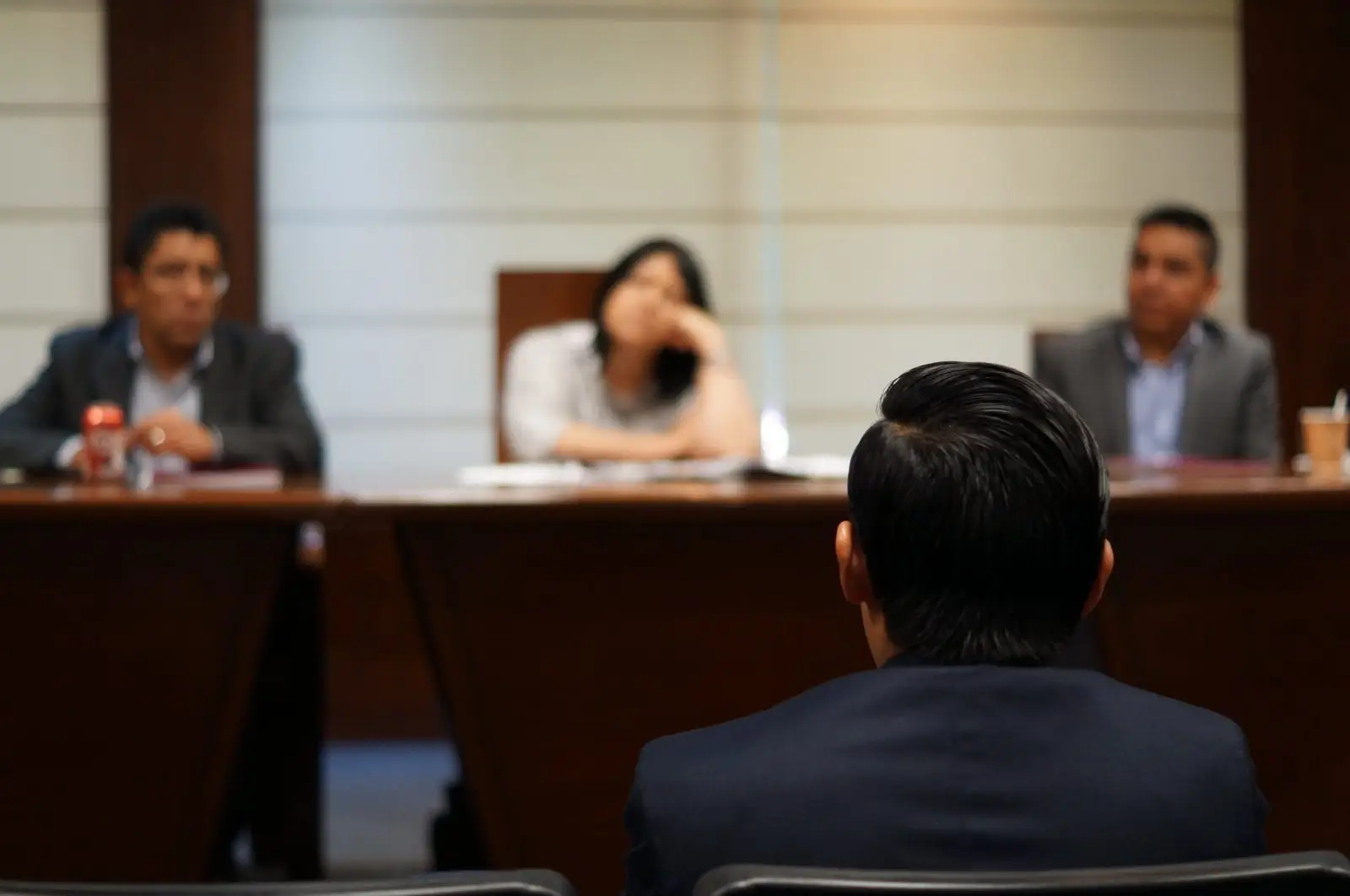Introduction
The boom in tall buildings and multi-unit projects across New South Wales over the last 20 years has led to more building defect disputes, posing big challenges for Owners Corporations. This guide dives into strategies for Owners Corporations to handle and take legal action on building defects, by looking at the unique legal structure and needs in NSW.
Whether you are an Owners Corporation or a member of a strata committee, this article will equip you with the knowledge and insights necessary to navigate the complexities of building defect disputes and pursue a successful legal course of action in New South Wales.
Understanding the Importance of Owners Corporation Litigation
Given the significant number of building permits issued for high-rise buildings and multi-unit developments, it is crucial to address concerns regarding build quality. Issues such as leaky buildings (water ingress and defective waterproofing), cladding problems, and faulty fascia have raised alarm bells in the industry across NSW. Consequently, strata scheme litigation is on the rise, with Owners Corporations playing a vital role in seeking legal remedies for building defects.
Initiating Proceedings for Building Defects
To commence legal proceedings for building defects, an Owners Corporation must pass a ‘special resolution’ necessary to bring such proceedings. Under the Strata Schemes Management Act 2015 (NSW), a special resolution requires no more than 25% of vote of members are against it to pass. If the resolution is for sustainability infrastructure, a special resolution is no less than 50% voting against it.
Special resolution does not mean that 75% of member votes are in support. The reason for the wording no more than 25% voting against it, is based on a quorum which enables the meeting attendees to properly vote on a motion. As an example, if there are 18 lot owners in total within the strata scheme and only 10 lot owners attend a general meeting, you will need 3 lot owners to vote against the motion and it will fail.
When considering litigation, an astute Owners Corporation should include the following in their special resolution:
1. Raising a Special Levy
One critical aspect of preparing for building defect litigation is the necessity to raise a special levy. This special levy serves the purpose of generating funds that are realistically commensurate with the costs associated with engaging construction lawyers and experts who specialise in forensic analysis and diagnostics.
2. Long-Term Planning
Long-term planning is another crucial factor that Owners Corporations must consider when deciding to sue for defects in strata buildings in NSW. In NSW, Owners Corporation disputes typically span anywhere between 18 months to 4 years before reaching resolution. Therefore, it is essential for the committee to have a forward-thinking approach and prepare for the potential financial implications of a prolonged legal battle. It is also important for the strata committee responsible for the matter to anticipate potential future levies if the litigation process extends over an extended period, as Owners Corporation disputes rarely reach a swift conclusion.
Get legal advice you can rely on.
Contact us today.
Preparing for the Litigation Battle
Preparing for the litigation battle is a crucial step for Owners Corporations in NSW when suing for building defects. It involves comprehensive planning and strategic decision-making to ensure a strong and unified approach throughout the legal process. PBL Law Group strongly recommends Owners Corporations to take the following steps when preparing to sue for defective building work:
1. Engaging an expert Construction Lawyer
After collecting the necessary funds through a special levy, the Owners Corporation should engage an experienced strata construction lawyer specializing in building defect litigation. This legal professional will play a pivotal role in representing the Owners Corporation’s interests, providing legal advice, preparing legal documents, and advocating for their case in court or before a tribunal. It is essential to select a lawyer with expertise in both NSW building defect laws and Owners Corporations rules and strata regulation to ensure all considerations spanning the legal landscape in NSW are covered.
2. Delegation of Responsibility
To streamline the litigation process and ensure efficient decision-making, the Owners Corporation may delegate the responsibility of managing the legal proceedings to a single representative. This representative acts as the point person for communication and coordination with the strata construction lawyer and other relevant stakeholders.
3. Establishing a Sub-Committee
Alongside the delegate representative, it is advisable for the Owners Corporation to establish a sub-committee (or ensure the strata committee meets regularly). This sub-committee should comprise knowledgeable and committed individuals who work collaboratively with the delegate representative to actively support the litigation process. They may assist with gathering relevant evidence, coordinating expert assessments, maintaining communication with the Owners Corporation members, and providing overall support to the litigation efforts.
4. Regular Communication and Reporting
Open and transparent communication between the delegate representative, the sub-committee, and the Owners Corporation members is vital. Regular updates on the progress of the litigation, legal strategies, financial matters, and any significant developments help keep the members informed and engaged in the process. Providing opportunities for members to ask questions and express concerns fosters a sense of unity and demonstrates the committee’s commitment to transparency and accountability.
5. Collaboration with Technical Experts
In building defect litigation, technical experts play a crucial role in assessing and documenting the defects. Collaborating closely with these experts, such as building consultants, engineers, and other relevant professionals, ensures that all aspects of the defects are thoroughly investigated and substantiated. The construction lawyer and the sub-committee should work together to engage the appropriate technical experts and provide them with the necessary information and access to the property to conduct their assessments.
Understanding Legal Considerations
The Owners Corporation committee must ensure that the professionals retained are well-versed in the relevant laws. Key considerations include:
1. Statute of Limitations
In NSW, it is crucial to consider the statutory warranties provided by the Home Building Act (HBA) when dealing with building defects. These warranties serve as guarantees given by the builder to the homeowner regarding the quality and workmanship of the construction. The HBA establishes specific timeframes for these warranties, depending on the nature of the defect. For “major defects,” the warranty period is six years from the completion of the work, while for other defects, the warranty period is two years from the completion of the work. Read our comprehensive guide on statutory warranties and the necessary timeframes to make a claim here.
2. Jurisdictional Boundaries
Owners Corporations typically have the authority to sue for defects in common property whereas individual lot owners must pursue defects within their own apartments. However, in certain cases, the Owners Corporation may have standing to sue where common property defects cause consequential damage to an individual lot. An individual lot owner also can bring a claim against the Owners Corporation under these circumstances. Hence, it is vital to carefully consider the legal mechanisms available to the Owners Corporation and how they may differ from those binding individual lot owners. These considerations are crucial before initiating legal proceedings in a court of law or competent tribunal.
Speak to a Lawyer Today.
We respond within 24 hours.
Resolving Disputes in Tribunals
In the majority of multi-unit residential disputes in NSW (where the defects are up to $500,0000), resolution occurs in the New South Wales Civil and Administrative Tribunal. This preference arises due to the Home Building Act 1989 in NSW which mandate resolution of domestic building disputes through these forums.
NCAT is instrumental in settling disagreements related to home construction by offering a just, productive, and economical substitute to court proceedings. The jurisdiction of the Tribunal extends to making enforceable judgments and mandates on an array of matters, such as work defects, variations to contracts, and delays in completion.
NCAT also offers an array of resources and assistance designed to aid parties in settling disagreements, including methods like mediation and conciliation. The procedural guidelines for expert evidence established by the Tribunal ensure the neutrality and cooperation of expert witnesses, fostering a more streamlined and cooperative process of resolving disputes.
Conclusion
Without the initiation of legal proceedings, respondents often lack the incentive to confront the magnitude of building defects. The costs and complexities associated with dispute resolution in this complex arena can contribute to hesitancy and reluctance. Hence, it is crucial that Owners Corporations take the necessary steps and understand the relevant legal considerations highlighted in this guide when deciding to pursue legal action for strata building defects to ensure the highest chance of successful resolution.
If you are considering suing for strata building defects as an Owners Corporation or strata committee, our team at PBL Law Group can provide the expert assistance you need. Our experienced strata and construction lawyers specialise in handling complex litigation cases, including in the Supreme Court, to offer guidance and representation tailored to your situation.
![]()







